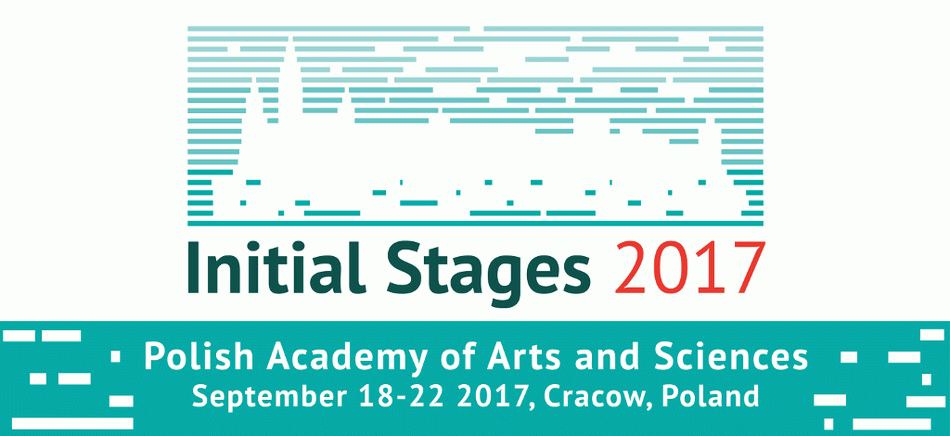Measurements of production of prompt charm mesons (D0 and D) and
azimuthal correlations between inclusive D and charged particles are
presented in p+Pb collisions data at 8.16 TeV collected in 2016 by
ATLAS. The prompt charm meson production is measured in minimum bias
p+Pb data, reconstructed via two decay channels: D0->K+pi and
D*->D0+pi->K+pi+pi. The production asymmetry between forward...
Collisions of heavy-ions are major method used to study properties of matter. Such studies are
performed with comparison of experimental data and model simulations.
One of theoretical description is Parton-Based Gribov-Regge theory included in the
phenomenological model EPOS. It was originally created to explain the processes at the highest
energies obtained with LHC complex. EPOS gives...
A measurement of the charged-particle fragmentation function (FF) for
jets azimuthally balanced by a high transverse momentum (pT) prompt,
isolated photon is presented. FFs as a function of particle-pT and
fraction of the jet pT carried by the particle, z, are measured in
26/pb of pp and 0.49/nb of Pb+Pb collision data at 5.02 TeV recorded
with the ATLAS detector. In pp collisions, a...
Lead-lead collisions at the LHC are capable of producing a system of deconfined quarks and gluons at unprecedented energy density and temperature. The production yields of W bosons decaying to leptons, which do not interact with the strongly-coupled medium, may be used to look for deviations from binary collision scaling, e.g. related to impact-parameter nPDF effects. Moreover, the W boson ...
Within the Colour Glass Condensate effective field theory, the JIMWLK equation can also be used to describe the energy evolution of long-range rapidity correlations in nuclear collisions. The projectile interaction with the target classical field is described by Wilson lines. It is useful for numerical implementations to study JIMWLK evolution as a stochastic process. A Langevin equation then...
